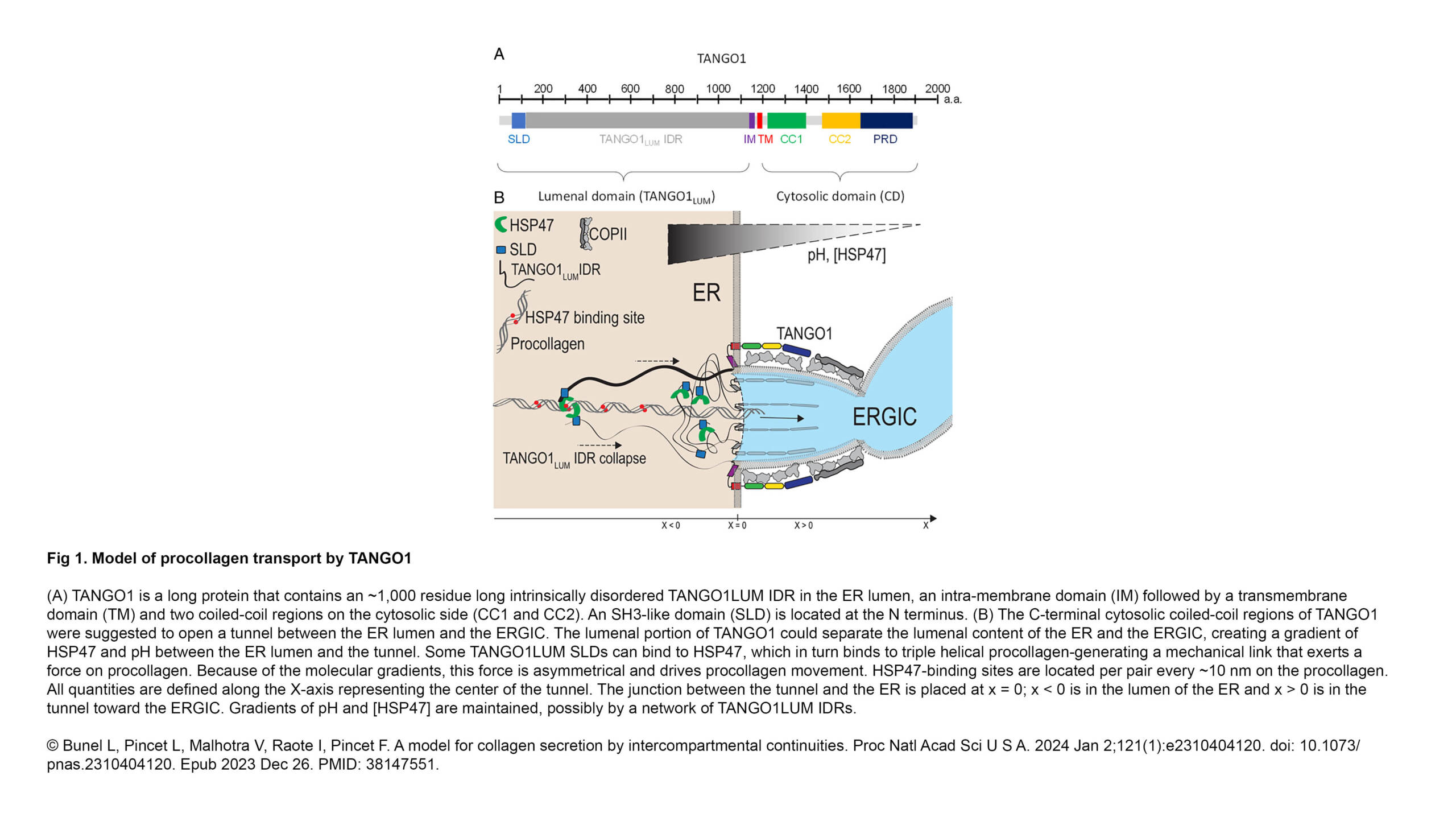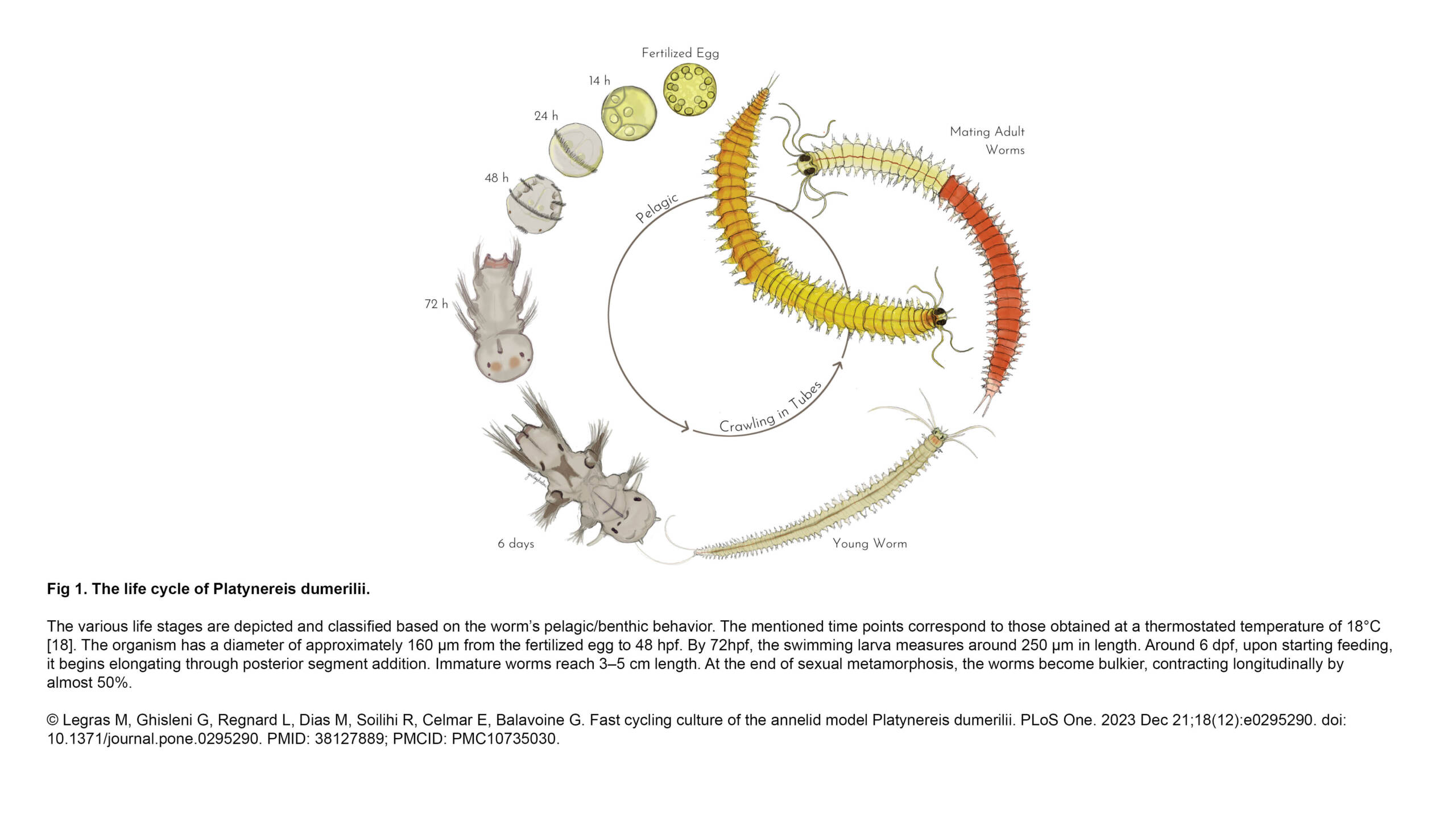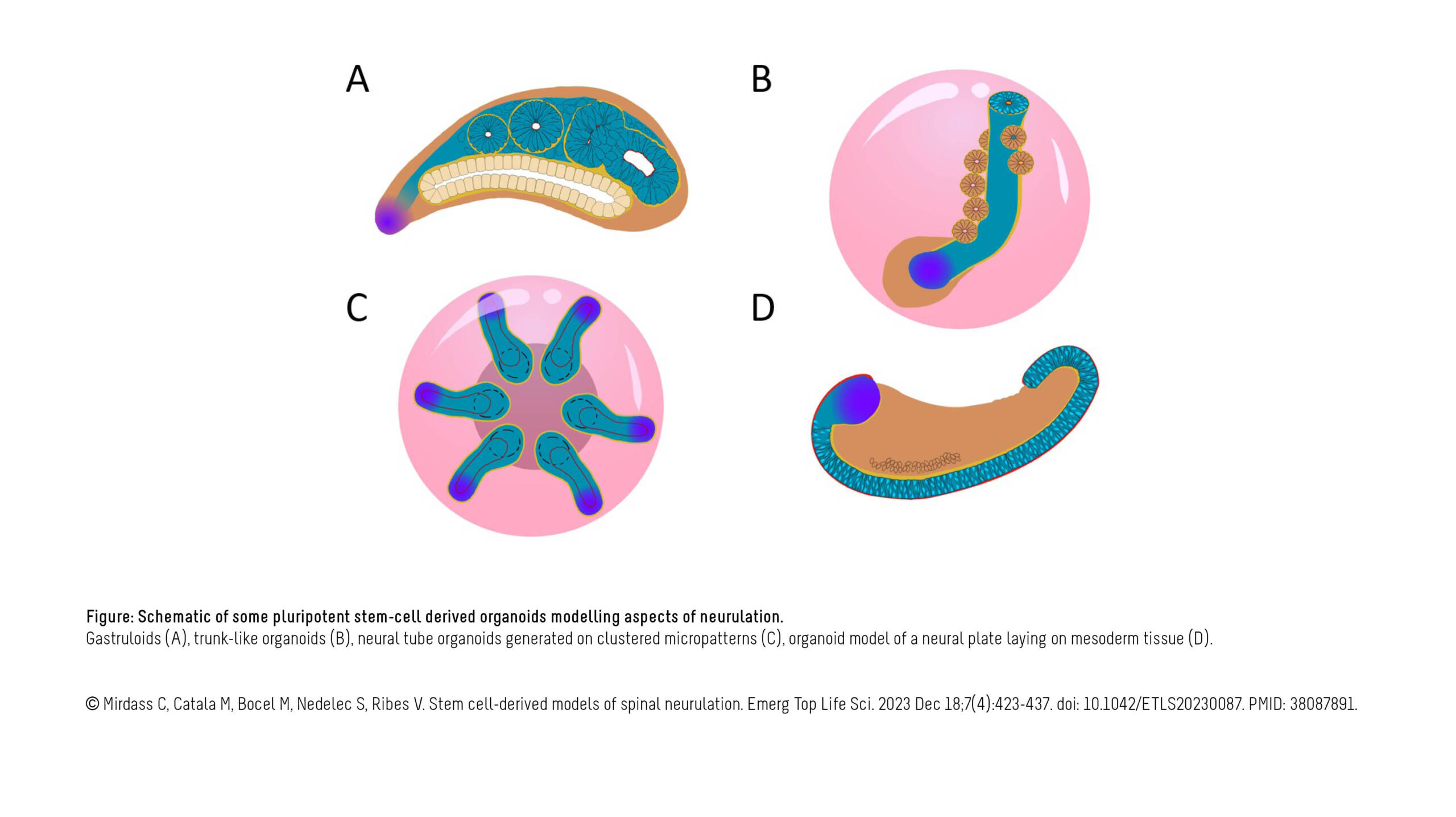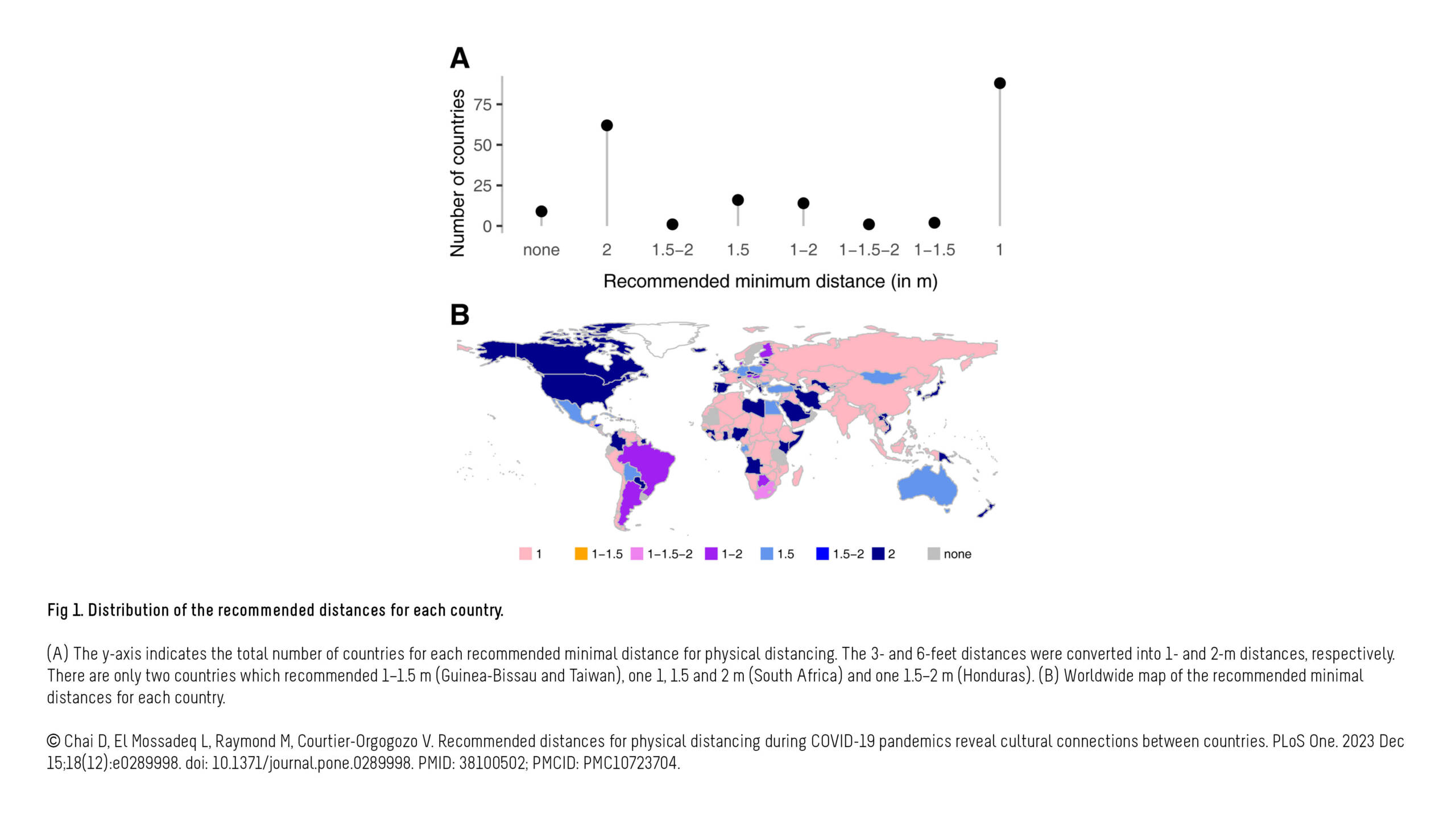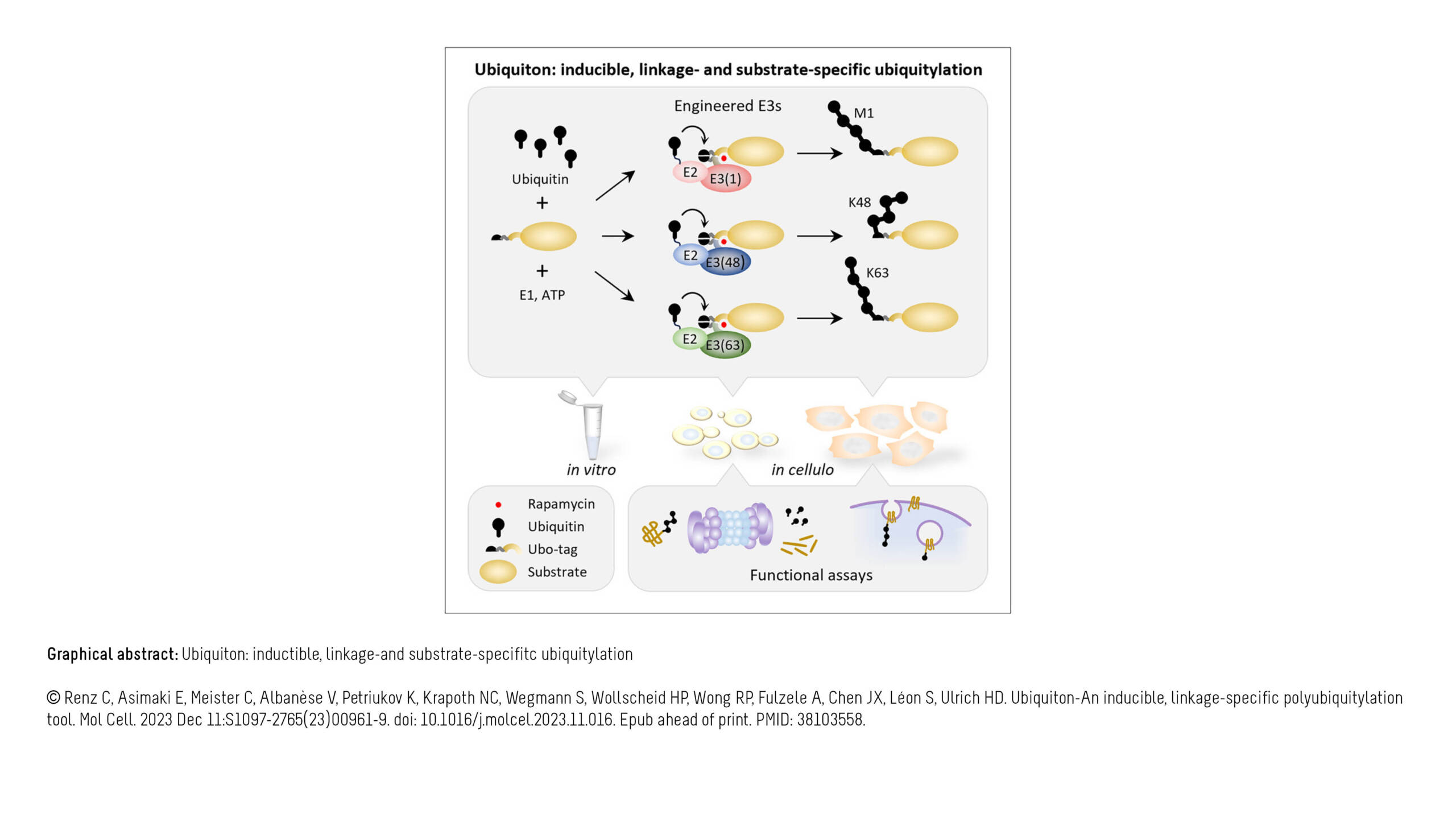The Raote lab contributed to the publicaiton of a new article in PNAS :
A model for collagen secretion by intercompartmental continuities
Abstract: Newly synthesized secretory proteins are exported from the endoplasmic reticulum (ER) at specialized subcompartments called exit sites (ERES). Cargoes like procollagen are too large for export by the standard COPII-coated vesicle of 60…
